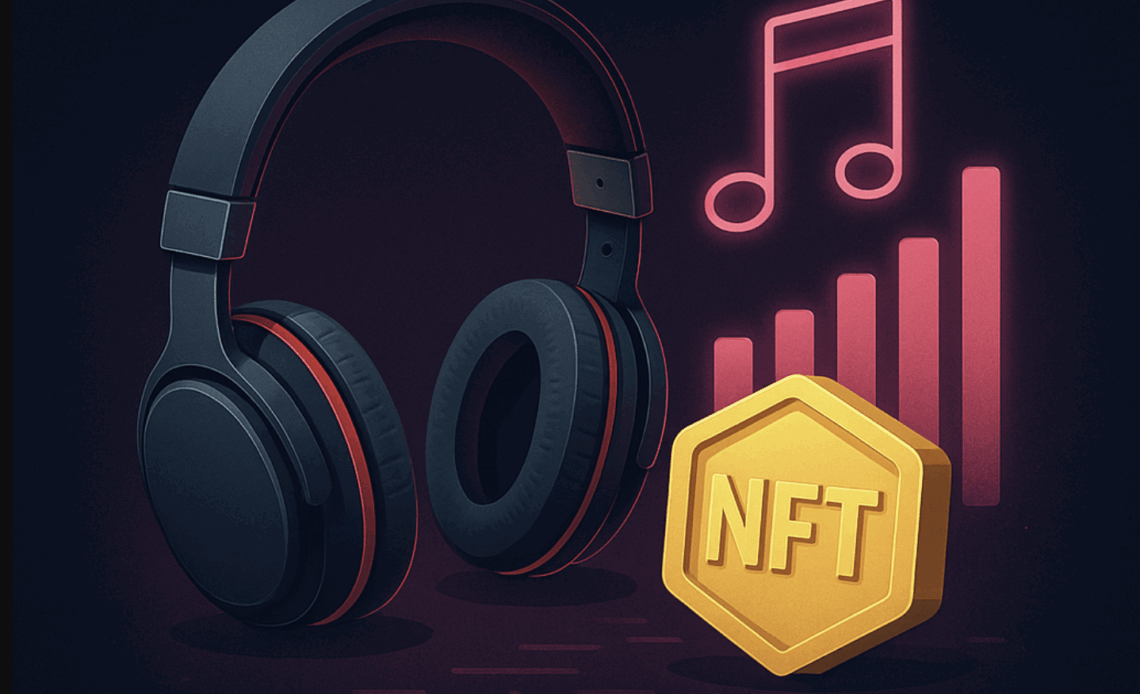
If you lived through the 2021 mint-a-thon, you probably remember gas wars, rug pulls, and JPEGs that looked like my least profitable trades. Music NFTs 2.0 is a different story: bigger artists, better UX, real-world utility, and—crucially—platforms that learned from last cycle’s faceplants. Here’s what actually launched, who’s backing it, and what it means for fans and investors as of August 8, 2025.
What Changed From the First Wave
- Fiat on-ramps and cleaner UX: More platforms hide the crypto complexity behind credit card checkout and custodial wallets.
- Utility over collectibles: Perks like token-gated presales, festival access, and royalties replaced “art for art’s sake.”
- Institutional alignment: Labels, ticketing giants, and festivals now run official pilots, not side projects.
- Compliance awareness: Projects frame tokens as access/collectibles unless they have clear royalty mechanics and disclosures.
Recent, Real-World Launches and Pilots
Coachella’s comeback on Avalanche (2024)
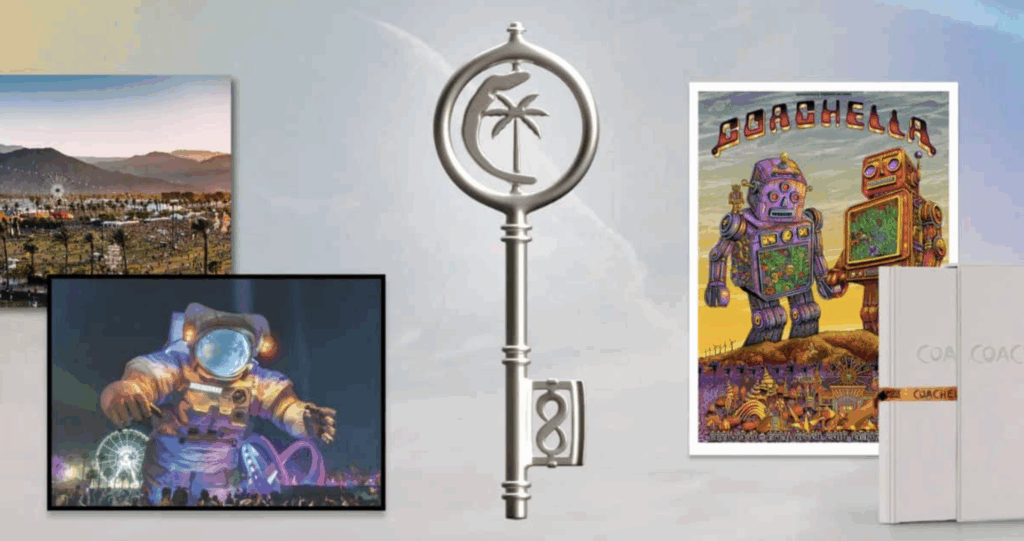
After retiring its 2022 FTX-linked NFTs, Coachella relaunched official “Coachella Collectibles” on Avalanche in 2024, including keys for lounge access and on-site perks—an explicit push toward utility, not speculation. Coachella built the drop with Ava Labs and third-party partners, refocusing on experiences fans actually use.
Ticketmaster’s token-gated presales with Avenged Sevenfold (2023 →)
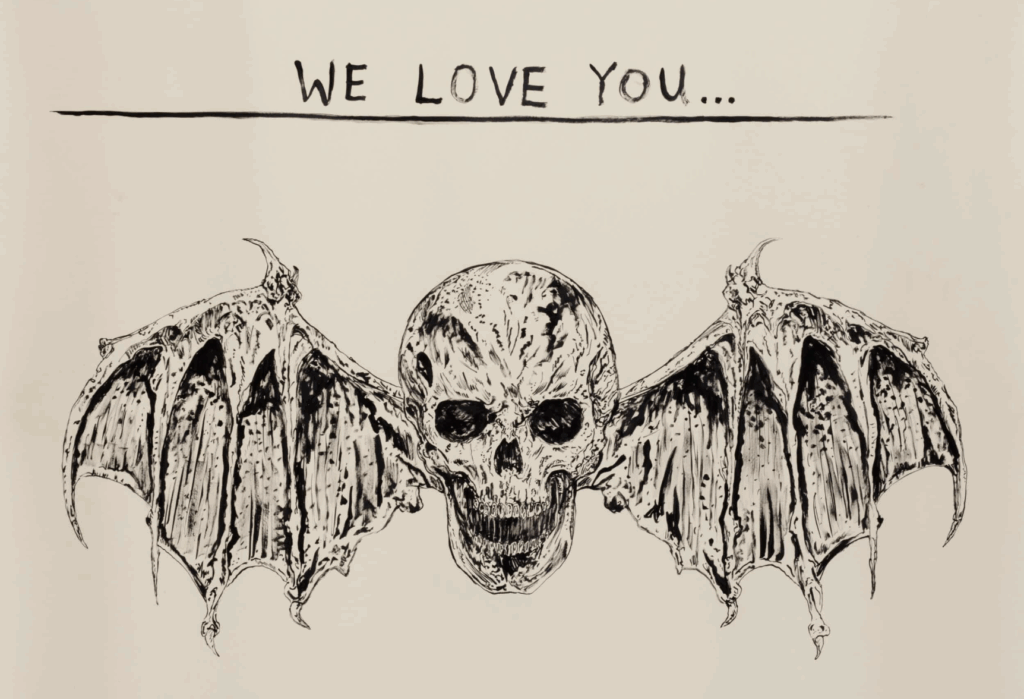
Ticketmaster rolled out token-gated ticketing, piloted with Avenged Sevenfold’s Deathbats Club in early 2023. Holders could access presales via Ticketmaster’s flow, proving “NFT in, ticket out” at scale—no screenshots, no chaos. Ticketmaster and the band publicly documented the integration and subsequent tour use.
Warner Music Group x LGND Music x Polygon (announced 2023, live platform)
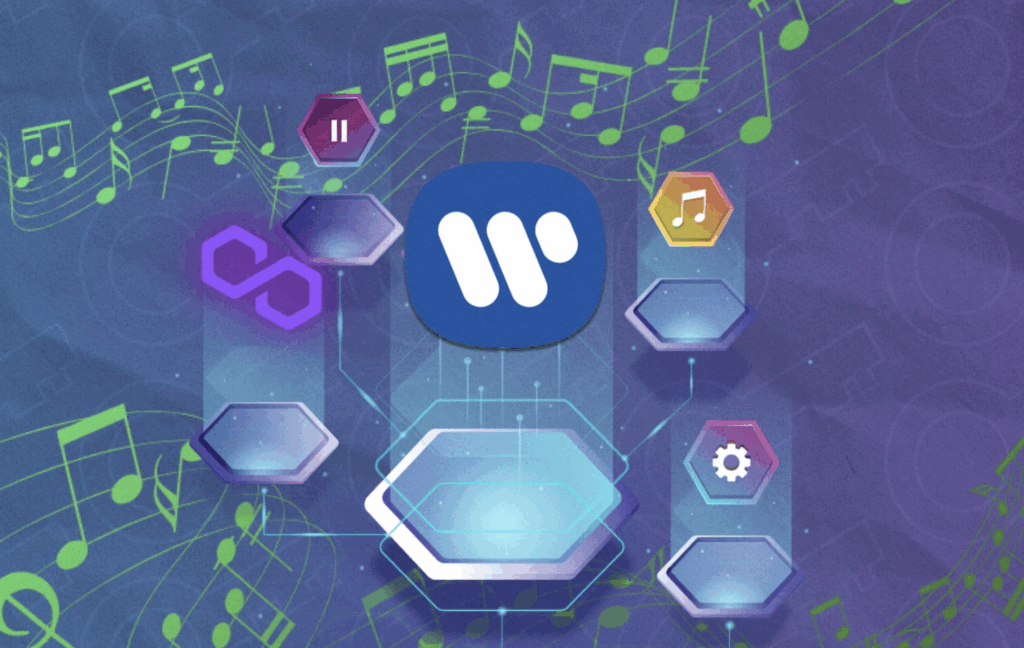
Warner Music Group partnered with Polygon and LGND to launch LGND Music, a label-backed digital collectibles platform that supports “portable” ownership across devices and fiat payments. It’s a label-level signal that NFTs aren’t only for indie experiments.
Sound.xyz: primary drops for independent artists, now with better liquidity
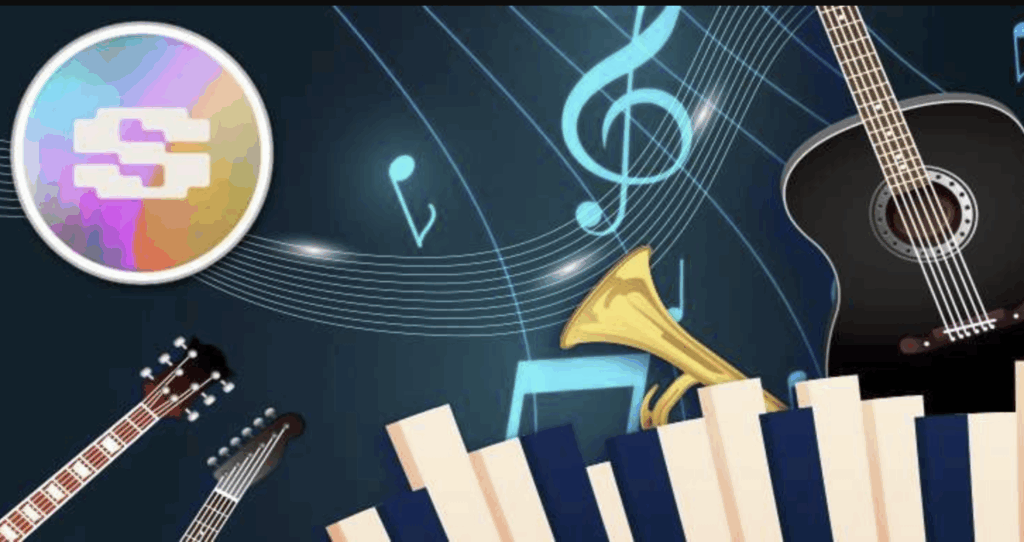
Sound pioneered limited-edition music mints (editions and 1/1s). By 2024, Sound expanded beyond Ethereum mainnet and integrated smoother payments and secondary swaps to reduce friction for fans. Artists from emerging acts to established producers have used Sound for direct-to-fan releases and crowdfunded tracks.
Royal and royalty-backed drops (headline: Nas)
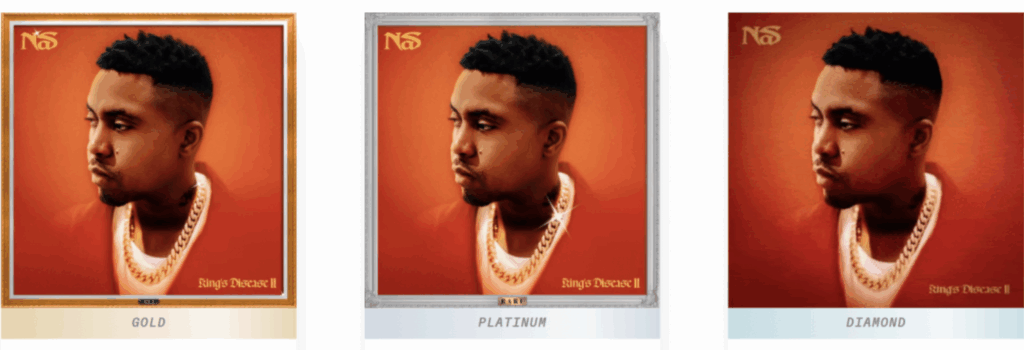
Royal’s royalty-sharing drops with Nas in 2022 were the early proof that on-chain claims to streaming revenue could be packaged for fans. While issuance slowed industry-wide amid regulatory caution, the model remains a bellwether for “real yield” music NFTs when structured and disclosed correctly.
Napster’s Web3 pivot via Mint Songs acquisition (2023)
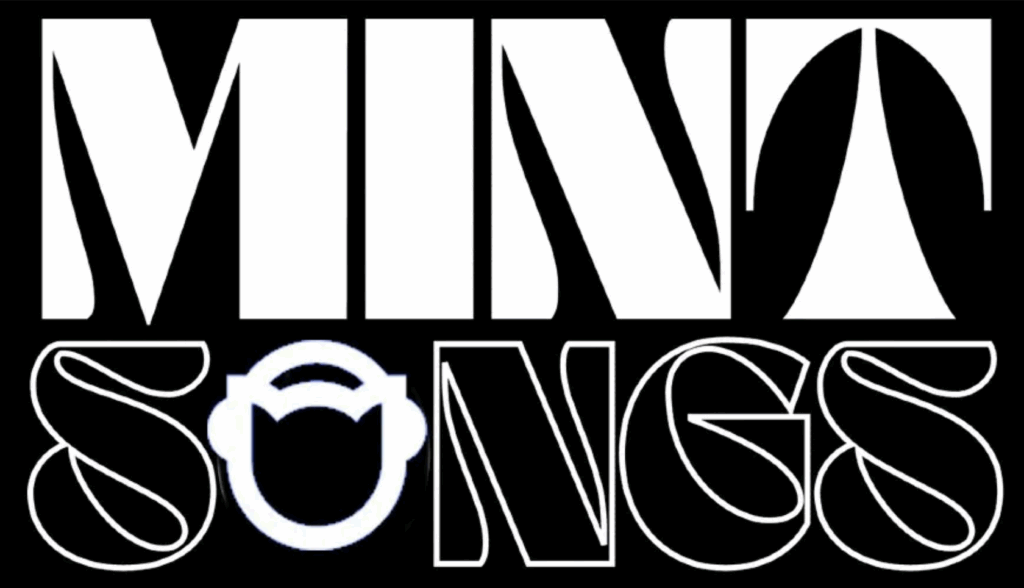
Napster acquired Mint Songs in 2023 to incorporate Web3 music collectibles and fan tools into its streaming product. That brought a catalog mindset to tokenized assets and a more mainstream audience than niche NFT marketplaces.
Mastercard Artist Accelerator with Polygon (2023 cohort)
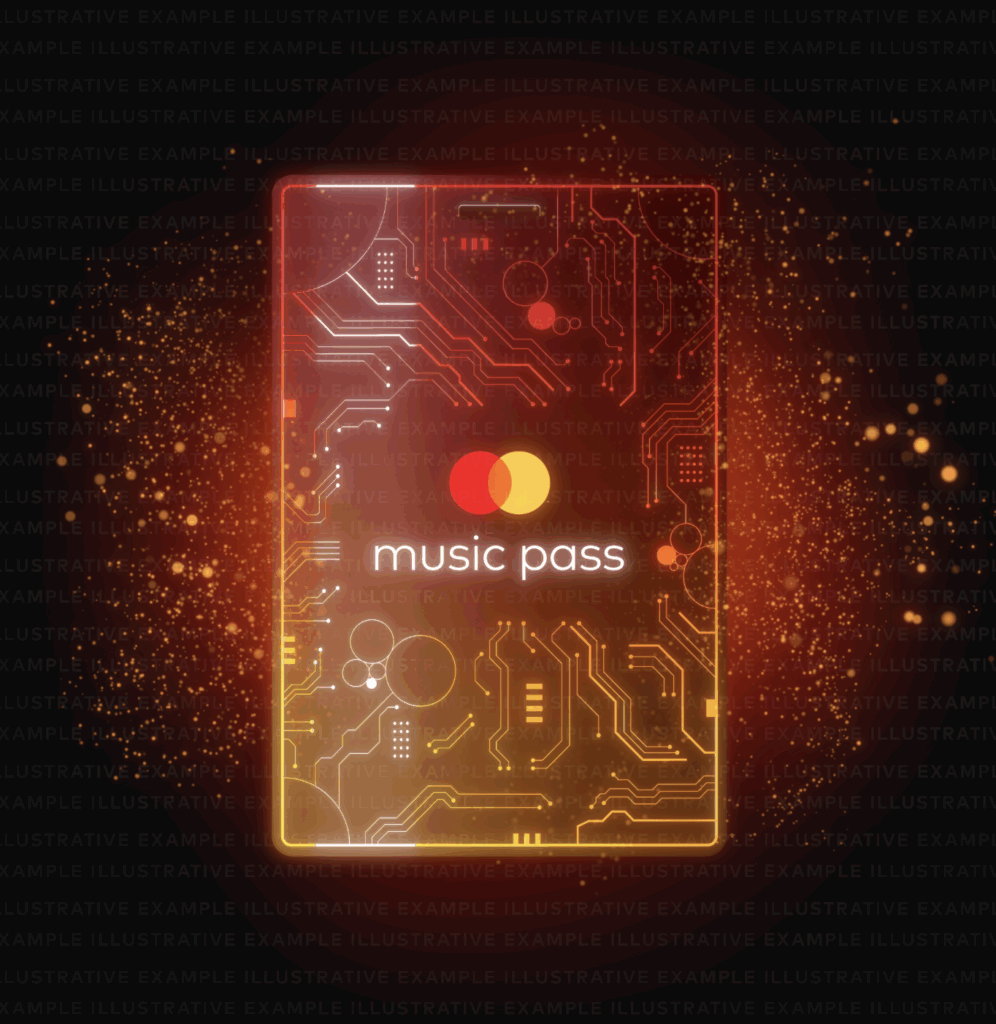
Mastercard’s program onboarded emerging musicians into Web3 tools—minting, fan engagement, and on-chain revenue—under a global consumer brand’s umbrella. It’s not a marketplace, but it normalized the category for non-crypto audiences.
Spotify’s token-gated playlist pilot (2023)
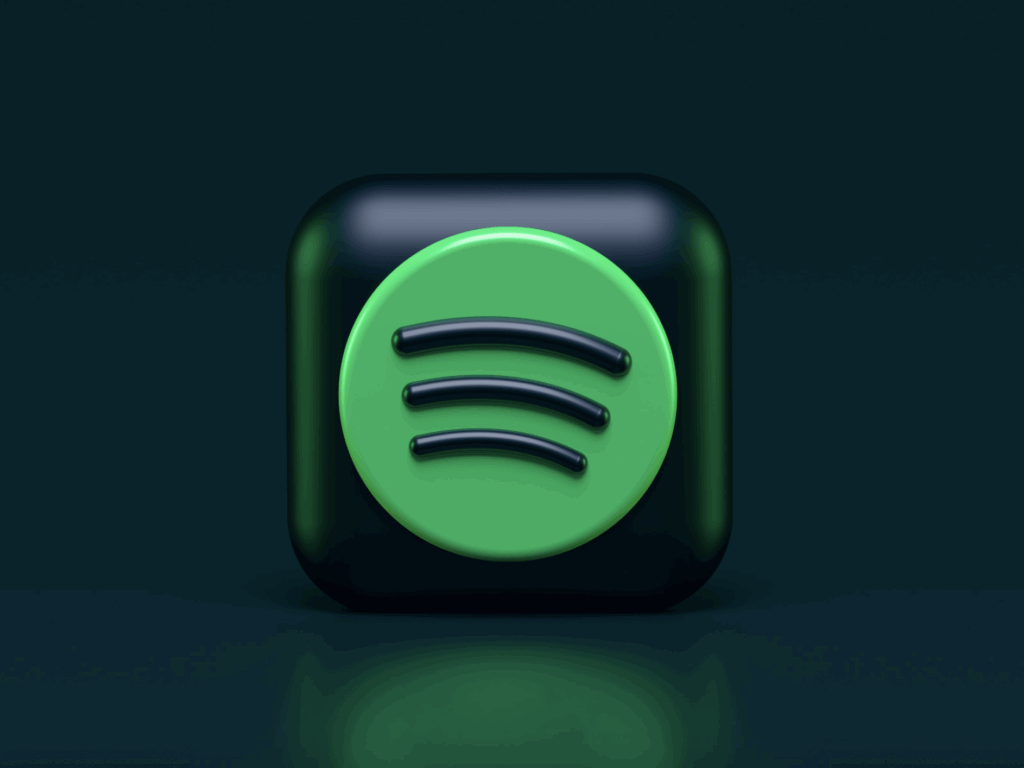
Spotify tested token-gated playlists with Web3-native acts and collectives (e.g., KINGSHIP), letting NFT holders unlock curated content via wallet connect. The pilot showed a path to mainstream distribution without requiring new apps.
Festival and venue utility expands
From on-site redemption to membership-style benefits, more events are bundling NFTs as durable access credentials rather than one-off merch. Coachella’s 2024 relaunch is the highest-profile example, building confidence after 2022’s market chaos.
Are They Ready for the Mainstream?
Short answer: closer than ever—but “mainstream” looks different than 2021’s hype promised.
- The fan funnel is real: Token-gated ticketing and festival perks are sticky because they solve problems fans already have (access, status, utility).
- The legal line is clearer: Projects avoid implying profit unless there’s a formal royalty framework. That reduces regulatory risk and sets expectations.
- UX beats ideology: Credit card checkout, mobile wallets, and custodial options win. If your aunt can buy it, you’re in business.
As a trader, I love momentum—but I love risk control more. The winning thesis for Music NFTs 2.0 is boring in the best way: boringly reliable utility, boringly simple checkout, and boringly clear terms.
Playbook for Artists and Labels
If you’re an artist
- Start with utility: Token-gate presales, meet-and-greets, or exclusive tracks your core fans actually want.
- Choose infra that hides crypto: Platforms with fiat, email logins, and built-in redemption cut support tickets in half.
- Communicate like a product manager: Spell out benefits, durations, and transfer rules up front.
If you’re a label or manager
- Pilot with a tour or festival: Tie tokens to verifiable redemption (tickets, lounges, merch). It’s easier to measure ROI.
- Align with partners already shipping: Ticketmaster gating, Avalanche/Polygon ecosystems, or a streaming partner with a Web3 track record.
- Avoid securities pitfalls: Skip revenue promises unless using a compliant royalty structure and appropriate disclosures.
Investor Take: What to Watch in 2025
- Distribution partnerships: Ticketing, festivals, and streaming integrations move the needle more than standalone NFT markets.
- Fiat-first UX: Platforms with low churn at checkout (Apple/Google Pay, chargebacks handled) will dominate.
- Regulatory discipline: Access/membership tokens with clear, non-financial utility remain the safest growth lane.
- Secondary liquidity tied to utility: Tokens that “do” something tend to trade better and hold value across cycles.

